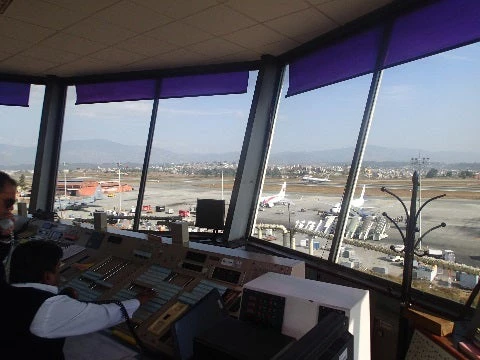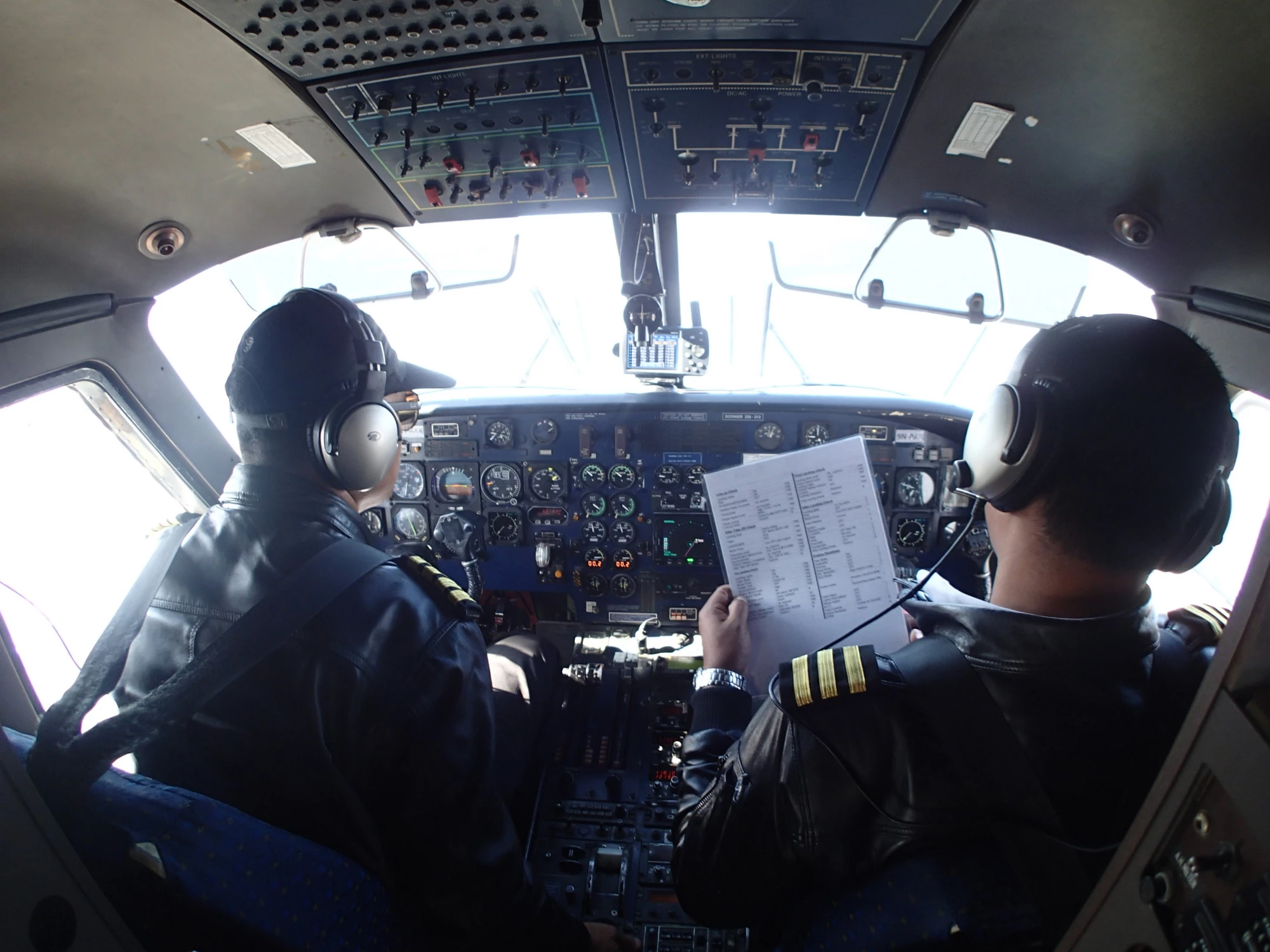
Tuvalu after Cyclone Pam struck some outer islands. Photo: Nora Weisskopf
When disaster strikes, air transport is often the only feasible mode of transportation for first responders and urgently needed relief supplies. Following an earthquake, tsunami or hurricane, most roads, rail tracks and even ports become unusable, as they are blocked for days by debris. Airports, on the other hand, are remarkably sustainable and, within hours, usually become operational again.

before the earthquake.
Photo: Charles Schlumberger
However, the challenges of operating relief flights can quickly become overwhelming, especially for airports in developing countries that usually experience only moderate traffic. In Haiti, for example, more than 74 aircraft landed on a single day following the earthquake to unload supplies. Such traffic poses risks in the air; air traffic control, often hampered by inadequate or damaged surveillance installations, can’t cope managing all arriving aircraft. On the ground, where tarmac and taxiways are small, congestion quickly reigns which prevents the arrival of more flights.
High traffic to and from a disaster area quickly takes a toll on infrastructure. In the days following the 7.8-magnitude earthquake in Nepal, more than 4,000 rescue workers have been flown in with supplies, and many of their aircraft evacuated stranded tourists. However, after one week of heavy traffic, the main runway at Kathmandu airport was so damaged that the airport needed to be closed for heavy aircraft.
How can developing countries prepare their air transport infrastructure for emergencies where relief efforts require temporary heavy usage? There are two main areas that must be addressed to prepare disaster relieve traffic: runway and tarmac infrastructure, and air traffic control installations.
It’s critical that modern airports are able to maintain an operational runway with taxiways and tarmac surfaces that are free of damage and able to absorb higher-than-usual loads. However, the reality in many developing countries is that the surfaces are often cracked and weakened due to lack of maintenance and timely renewal. When unusually high loads are experienced, these surfaces quickly fail, which immediately limits the type or size of aircraft allowed to operate, just as experienced in Nepal.

Photo: Charles Schlumberger
Air traffic control installations, which are necessary to ensure safety and efficient traffic flows, are vulnerable to natural disasters – especially when they are only ground-based. One solution is to establish satellite based instrument approaches, so called “GPS or GNSS approaches,” as well as modern air traffic control surveillance systems that depend on just a simple antenna-based receiver and not on a traditional radar system: the so called ADS-B system.
The World Bank is financing several air transport infrastructure projects, which are improving airport and air traffic control infrastructure. One example is the Pacific Aviation Investment Program, which prepared an emergency project to rehabilitate the airport of Port Vila in Vanuatu, and install a modern ADS-B surveillance system.
Just one week after the final preparation mission, the devastating tropical cyclone Pam hit Vanuatu. Air transport once again proved to be the essential infrastructure for first responders coping with the aftermath. The runway held its ground, but was damaged by heavy traffic. Implementation of this World Bank-financed infrastructure investment project comes just in time to help getting the country’s economy back on its feet.


Join the Conversation